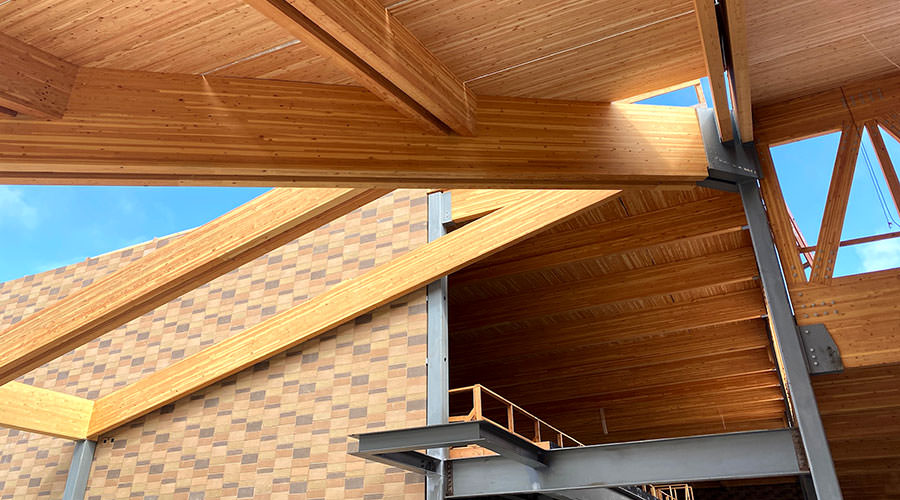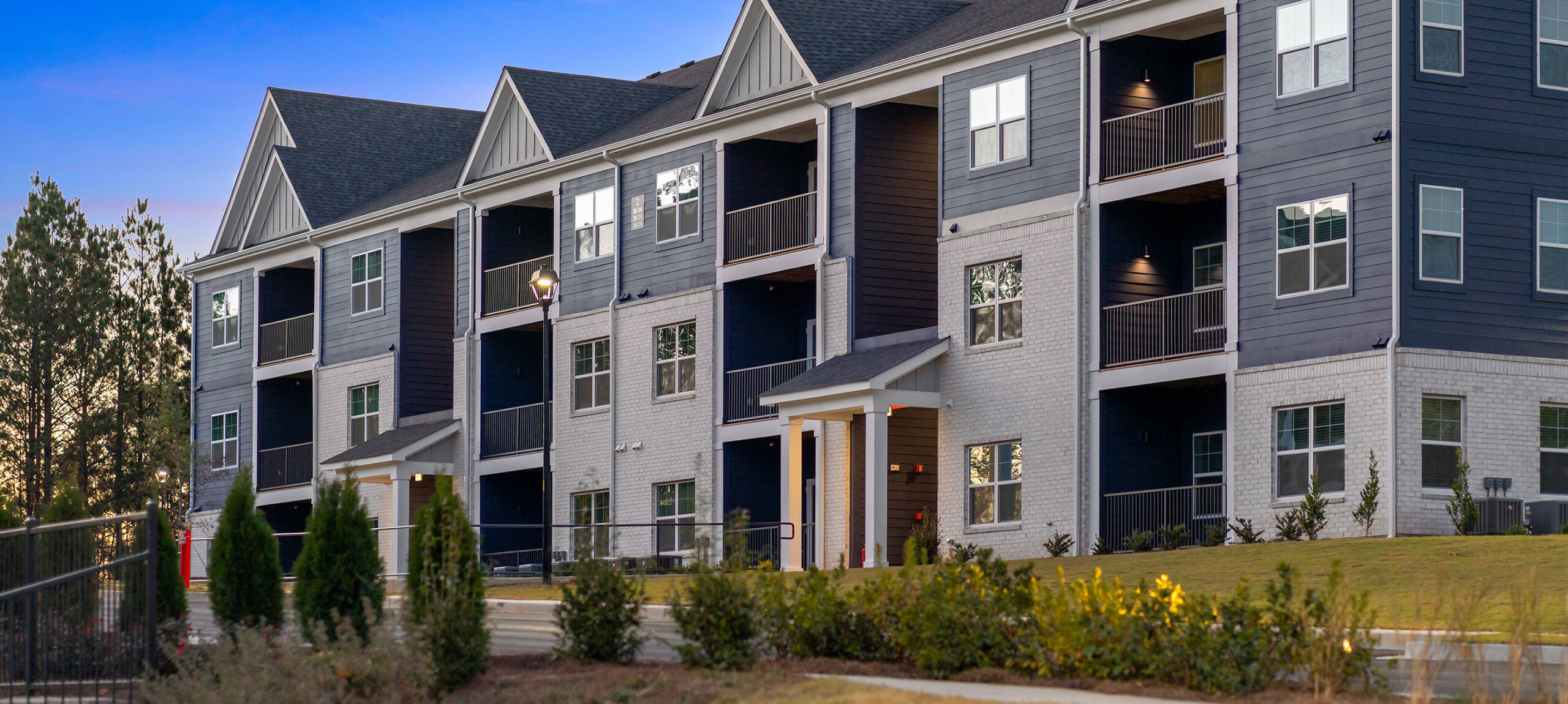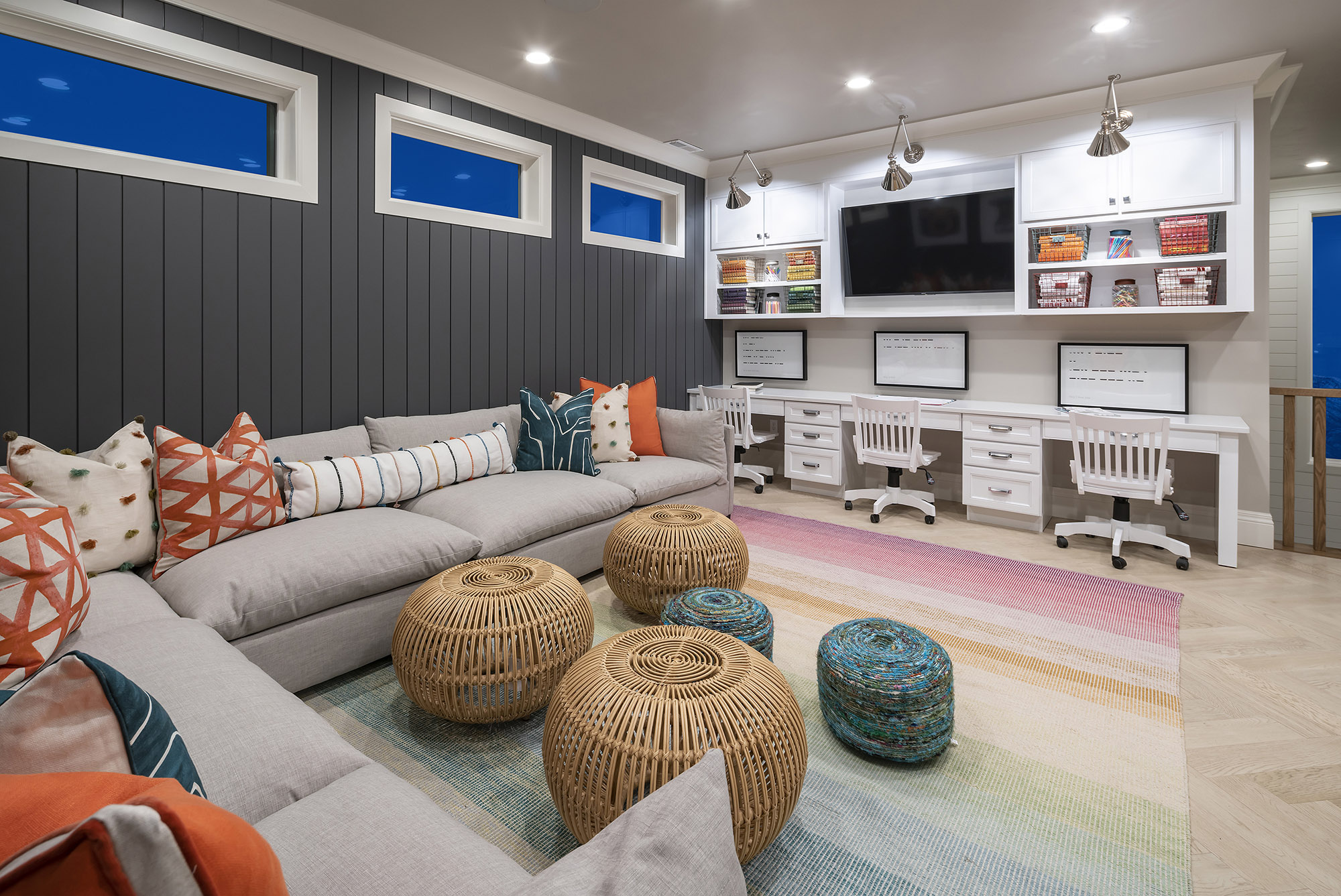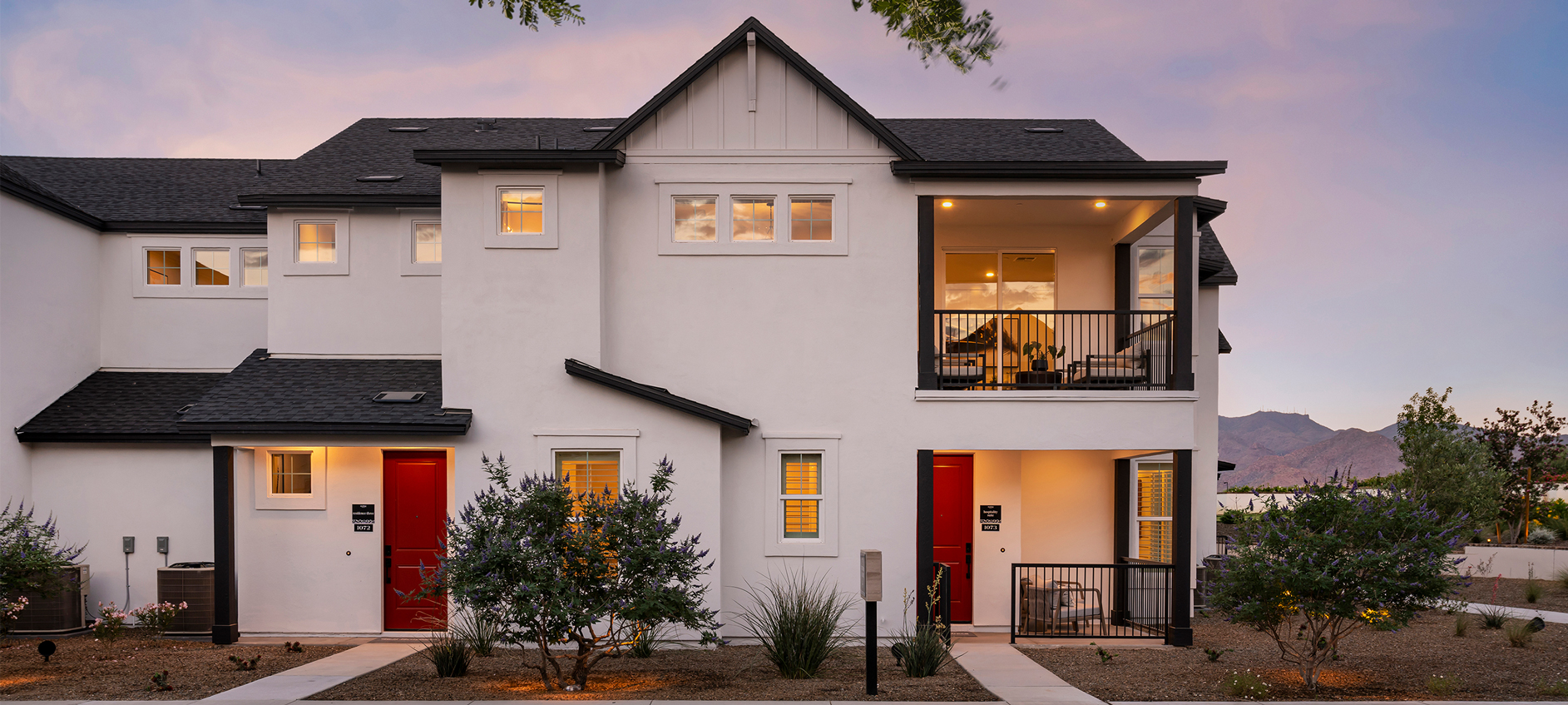Solving the State’s homelessness crisis is not a new topic of conversation, but it has become a central theme in the November elections. Of California’s 10 most populous cities, half are choosing a new mayor, and the dominant talking point in all of those contests has been the State’s affordable housing and homelessness issue. In addition to the debates surrounding these local races has been a sea change in the State’s role in stemming the tide of housing vulnerable and unhoused residents. Governor Newsom has made the topic a central issue, funding initiatives through Blueprint California and passing multiple pieces of legislation in the tug of war battle that had been for decades a mostly local issue.
While local bonds such as Los Angeles’ 2016 $1.2 billion Proposition HHH and State-run home key grants were touted as tickets to solving the issue through slow and steady construction, neither local or statewide bonds have lived up to the promise, or the demand.
A dearth of available building sites in dense areas, escalating construction costs exacerbated by the pandemic, and multi-layered local opposition mount in tandem with regulatory hurdles, municipal restrictions and regulations. It’s why getting a project through entitlements, planning approval, design and then construction – let alone one that reflects design excellence in service of its constituents – feels an awful lot like serendipity.
On the bright side of this complex issue are two new statewide bills that continue to open avenues developers and their architectural partners. Taken in tandem with the 6th cycle of the State-mandated Regional Housing Needs Allocation (RHNA) that was released last year, there is a political headwind that’s favoring more development, completed faster and without (quite) as many logistical hurdles.
Here’s two that BSB Design’s California offices are tracking and looking to leverage in both urban and suburban areas across the Golden State.
Senate Bill 6: The Middle Class Housing Act
Senate Bill 6 (SB6) incentivizes the construction of housing on underused shopping centers and other commercially zoned properties without the lengthy, and at times costly, requirement of rezoning. Increasing density in areas where there’s already commercial amenities is a sounds development strategy. Additionally, reducing the rezoning entitlement process is a tremendous opportunity, at least for municipalities that do not already have commercial zones that allow for residential use. So, while metropolis’ such as the Bay Area of Los Angeles proper may only benefit from things like established infrastructure and the political backing to densify hallowed out commercial zones, small or medium-sized areas, or communities adjacent to dense urban center can utilize this incentive and have the benefit of removing unsightly vacant properties. However, since SB6 requires prevailing wage, which often increases costs by as much as 30%, identifying properties that have a depressed value will be key.
Assembly Bill 2011: The Affordable Housing and High Road Jobs Act
AB 2011 offers a better chance to add more affordable housing to the State’s supply than SB6. By meeting one of two eligibility criteria pathways, the bill offers a streamlined approval process for housing on certain commercial properties without approval from local governments. It also removes CEQA, which can often represent up to one-third of a project’s overall timeline for entitlements and delivering environmental impact reports and working through hearing procedures, permits, fees and local opposition. The options for eligibility: 100% below market rate (BMR) projects located on commercial zoned land, or mixed-income (typically 15% BMR) projects located on commercial corridors. Both paths’ eligibility requires additional site and project criteria and the bill includes a prevailing wage and “skilled and trained workforce” obligation.
A statement from the Governor’s office states the bills will help create new housing for low- and middle-income Californians by allowing housing to be built on underused commercial sites, generate thousands of jobs with health benefits and good wages and increase the use of public transit by building housing near existing transit. While full of potential, they also stoke contention in the relationship between local municipalities and the State.
As these bills take effect on July 1, 2023, not January 1 as is typical, BSB Design’s California offices will be continuing to evaluate both pieces of legislation and test-fit strategies and approaches with developer partners and the more than 30 municipalities we are currently engaged with across the State. Our key take-aways, as we await news out of Sacramento on California Housing Accelerator funding and welcome new Mayors, include:
- Cities and the State’s efforts to find the perfect affordable housing solution will remain a tug of war, so creating a viable path using a combination of legislation and density bonuses offers the most hope
- Relationships with municipalities remain key to successfully navigating the entitlement and planning processes, regardless of any new legislation
- Engaging community groups and local stakeholders on the larger issues and breaking those down into surmountable and resolvable issues can work in tandem with bonuses and legislation to ensure project buy in, not just passage
- Any legislative tools that reduce the entitlement and approvals timelines reduces the risk involved for developers and project teams and should be considered a positive.



